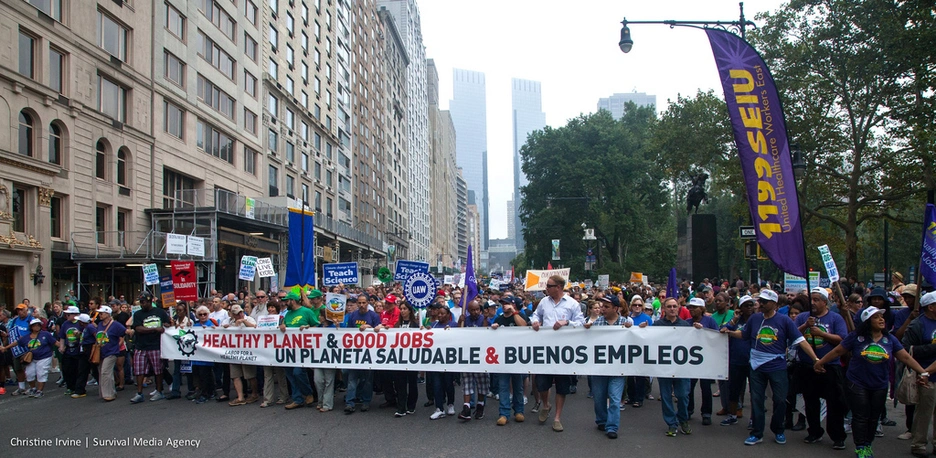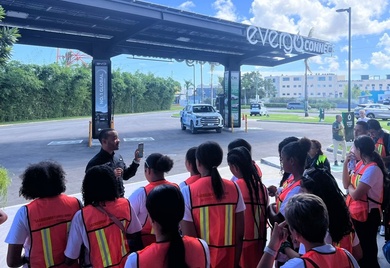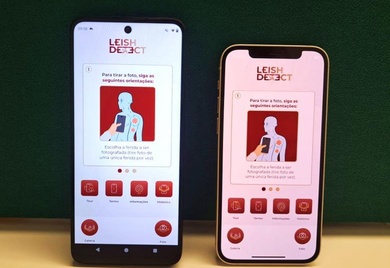How can business have no impact

[caption id="attachment_2011" align="alignleft" width="300"] Photo Credit: Creative Commons by South Bend Voice[/caption]
Photo Credit: Creative Commons by South Bend Voice[/caption]
As I watched photos of 400,000 people at the Climate March coming down 6th avenue in New York, I asked myself: How can I do my part in accomplishing this goal?
Five years ago in New York, Colin Beaven, an American writer, and his family spent one year living a virtually zero-waste lifestyle. It was an experiment to have no-impact on the environment. At the end, it became clear to him that individual behavior can be changed, and it can influence the community around us. There is no better way into the environmental movement than living within reasonable limits. That’s how the No Impact Project was formed.
Companies can also conduct business and have a low impact. This year two Brazilian companies, Natura and BR Foods entered the list of the 100 companies with most sustainable practices in the world mainly due to their low carbon footprint initiatives. Natura, a cosmetic and personal hygiene manufacturer, for example, made a commitment in 2007 to reduce its greenhouse gases by one-third in 2013 . To do so, Natura measured its emissions in its entire production chain; from the extraction of raw materials and inventory, to the disposal of packaging post-consumer use. The commitment to operate with less carbon was incorporated into every decision-making process. Any new initiative was evaluated in regards to its socio-environmental benefit, from employing the local community to preserving biodiversity. As a result, carbon emission reduction surpassed its goal; it was reduced by 33.2 percent. The company BR Foods also incorporated initiatives towards the reduction of emissions throughout its value chain and in its strategic decisions; it measures the environmental impact from logistics to the business travel of its employees.
Another way to have low impact is to start small, focusing on each individual. Companies can launch initiatives targeting not only its employees’ carbon footprint but also their quality of life. A good example is the “No Impact Week” at the IDB, inspired by Colin Beaven’s experience in New York City. The initiative calls for a healthier lifestyle, promoting a change in behavior for each day of the week; from bicycle-riding, taking shorter showers, canvas-bag-toting to healthy eating and even swapping clothes with friends instead of purchasing new. It’s an initiative that brings returns beyond the financial. At the end of the week the prize will be an intangible one: experiencing individual fulfillment by connecting with the community and thriving together with the habitat.
As UN Secretary-General Ban Ki-moon said at the People’s Climate March, “there is no ‘Plan B’ for action because we do not have “Planet B.” Companies can and should be a catalyst for leading this change.
¿TE GUSTA LO QUE ACABAS DE LEER?
Suscríbase a nuestra newsletter para mantenerse informado sobre las últimas noticias de BID Invest, publicaciones de blog, próximos eventos y para obtener más información sobre áreas específicas de interés.
Suscribirse



